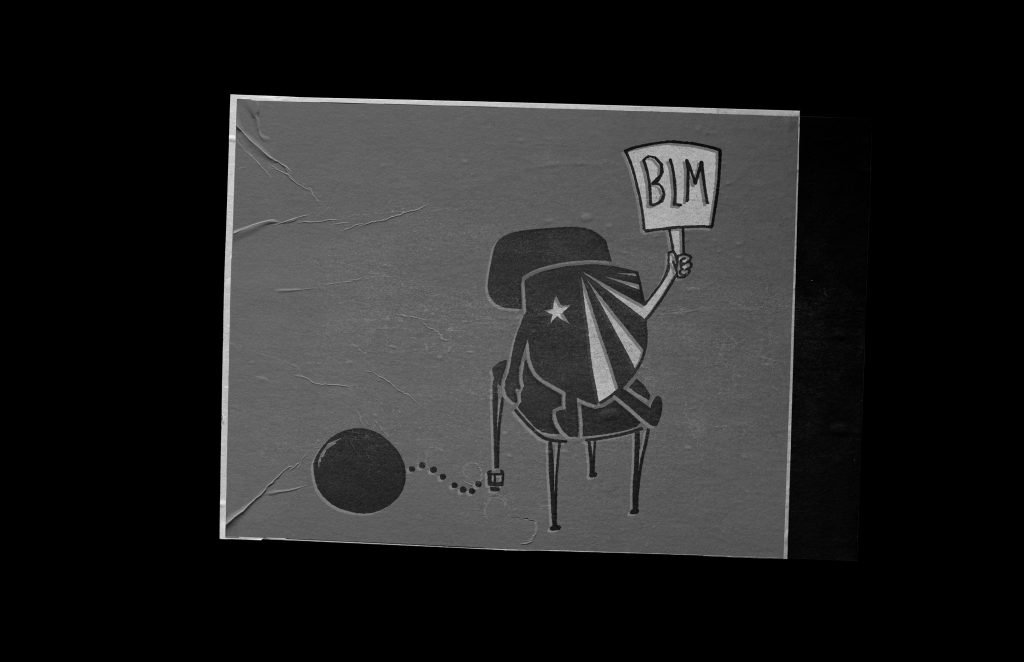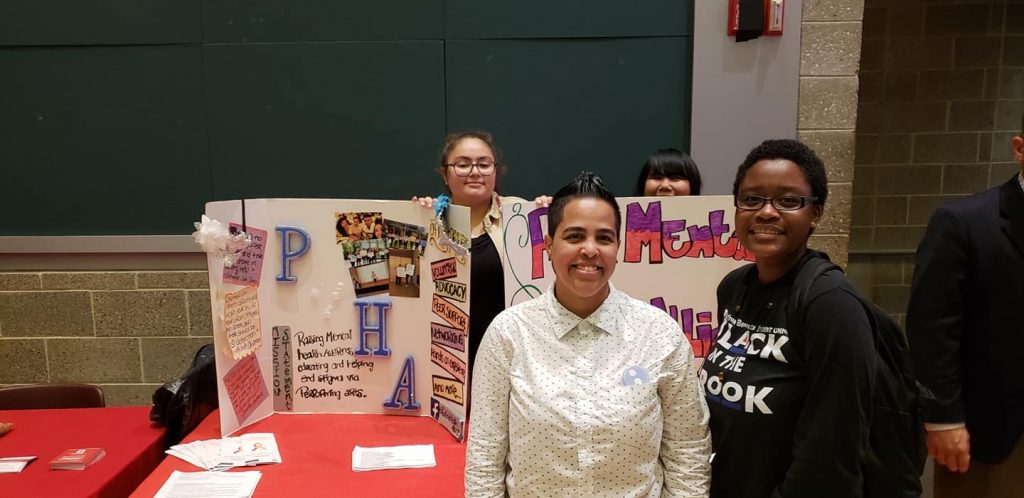Tommy Rayis and his wheelchair are an iconic duo on Stony Brook’s campus — one you just can’t miss. In fact, the only thing racing faster than his wheels are his ambitions and thoughts about life. Upon graduating from Stony…
If you ask a Stony Brook University student about activism on campus, they’d likely have little, if anything, to say. To Mitchel Cohen, a student from 1965 to 1975, that reality is hard to swallow. Just half a century ago, Cohen’s days were punctuated with protests on what, according to him, was the most politically active campus on the East Coast. As it turns out, the history of Long Island’s “sleeper campus” is littered with smashed windows, smoke bombs and student arrests.
As Stony Brook continues to operate under COVID-19 prevention measures, students give their thoughts on the restrictions’ effectiveness.
For the first time since March, Stony Brook has reopened its facilities for in-person classes. Caroline Klewinowski details the precautions in place to prevent a new COVID-19 spike. The Press News Update has more!
It is easy to mindlessly repeat the aesthetics and vocabulary of social justice; putting your money where your mouth is, on the other hand, proves far less convenient.
On March 11, hundreds of Stony Brook students protested in front of the Administration building, demanding answers from the board that has been silent.
Hundreds of students crowded around the fountain to voice their concerns and chant, “Send us home, pay us back” and “Coronavirus in the air, administration doesn’t care.”
Imagine there are 50 radios on a table. Each radio overlaps the others, one louder than the next. This cacophony of noise is how Allilsa Fernandez describes her life with post-traumatic stress disorder, or PTSD, and psychosis.
Lingerie? Check. Boobs look perky? Check. My ass isn’t hanging out? Double check. Heels strapped? Check.



![[VIDEO] The Press News Update 10/14: Stony Brook Students on COVID-19 Measures](https://sbpress.com/wp-content/uploads/2020/10/Screen-Shot-2020-10-14-at-9.32.28-AM-1024x576.png)
![[VIDEO] The Press News Update 8/29: Stony Brook Reopens with COVID-19 Restrictions](https://sbpress.com/wp-content/uploads/2020/08/Screen-Shot-2020-08-29-at-5.08.09-PM-1024x573.png)

![[VIDEO] The Press News Update 3/12: Coronavirus protests at Stony Brook](https://sbpress.com/wp-content/uploads/2020/03/IMG_0015-1024x768.jpg)


